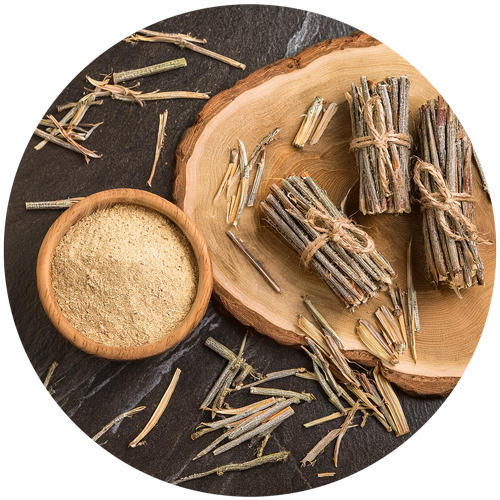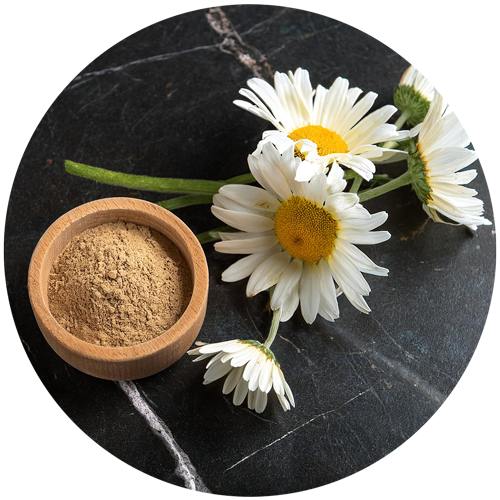

WILLOW
 Joints
Joints Willow Salix alba L. is a tree common to temperate regions of the northern hemisphere, belonging to the Salicaceae family. Willow bark is traditionally used to relieve joint and muscle pain, as well as headaches, and is a valuable source of biologically active compounds, including salicin. Read the detailed description
Our references
Regulations
and analysis
Identification : TLC
Data on traditional use
Cahier de l’agence du médicament (France):
- Used for aches and pains: headaches and joint pain
EMA monograph :
- Used to relieve minor joint pain and headaches
Monographie Canada :
-
Used for short-term relief of minor joint pain
-
Used to relieve headaches
German monograph :
- Used for headaches
Plant bylaw file
Association ideas by health axis
Select one or more axes:

Detailed description
Salix alba L. is a species of flowering plant in the Salicaceae family. It is a common tree in temperate regions of the northern hemisphere (North Africa, North America, Europe and Asia).
The active constituents of willow bark include flavonoids, tannins and salicylates. Salicylates are mainly composed of salicin, which is converted to salicylic acid in the body when taken orally.
Willow and certain active compounds have powerful antioxidant properties. Willow bark is traditionally used as a painkiller, notably to relieve joint and muscle pain, as well as headaches.




